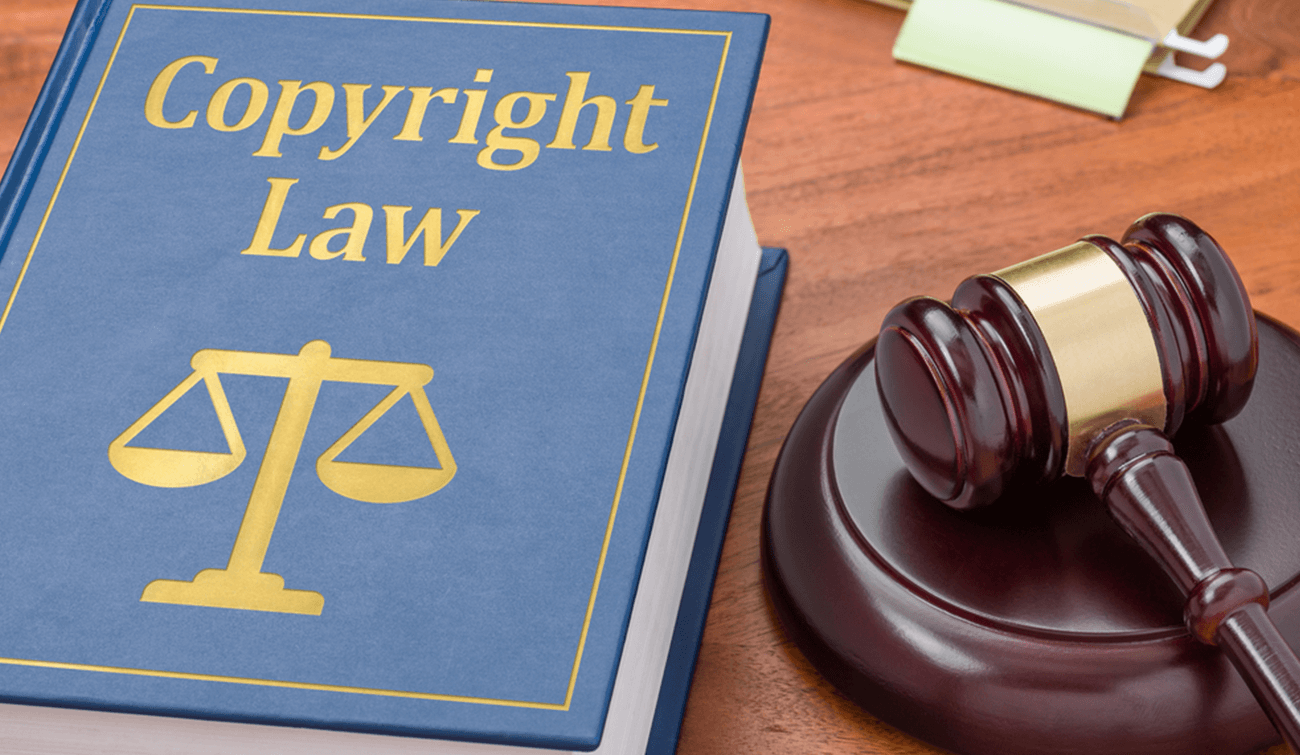
As a creative professional, you pour your heart and soul into every masterpiece. When somebody else uses or copies your prized works without permission, you suffer not only the emotional burden of infringement, but also the risk of significant financial and reputational repercussions. A copyright infringement lawsuit may be your best option for recourse; read on to learn how you can build an airtight case.
Demonstrate Eligibility for Copyright Protection
Before you proceed with filing a lawsuit, determine whether your work is actually protected. To succeed as plaintiff, you’ll need to prove that your work is original — and that it is copyrightable. Outlined in Section 102 of the Copyright Act, works eligible for copyright protection include:
- Literary works
- Musical works
- Dramatic works
- Choreographed works
- Graphic, pictorial, and sculptural works
- Architectural works
- Sound recordings
- Motion pictures
Ideally, you will have previously registered for copyright protection. Whlle you can still pursue infringers without formal protection (typically via cease and desist letters), registration allows you to seek statutory damages as the plaintiff in a lawsuit.
Gather Evidence of Infringement
As the plaintiff in a copyright suit, you must prove not only that you hold valid copyright to the work in question, but also that said copyright was explicitly infringed upon. Clear evidence must indicate that your work (or a significant portion thereof) was copied to produce the defendant’s work. Unfortunately, obtaining such evidence can prove surprisingly difficult.
While some plaintiffs rely on witness testimony or images (or videos) of the defendant using copyrighted works, many lack such helpful evidence. Thankfully, circumstantial evidence can play a key role in copyright cases. For example, plaintiffs often seek to establish the defendant’s access to copied works by demonstrating that said work was widely available at the time of infringement. Others may highlight a clear chain of events under which the accused individual gained access.
Prepare for Fair Use Defenses
Even if the defendant admits that he or she obtained access to the work in question, this may not be sufficient evidence of infringement. Often, defendants rely on fair use arguments to demonstrate that, while they accessed and used copyrighted works, their actions aren’t actually considered infringement.
Fair use defenses are less likely to succeed if the material in question is primarily creative. For example, a defendant may succeed with a fair use argument if he or she quoted factual material in news reporting or commentary, but may struggle when applying fair use defenses to artistic works. Additionally, the viability of fair use may depend on the portion of the work copied. The fair use exception rarely applies if the work in question was explicitly intended to replace the original.
Intellectual property deserves protection. A copyright infringement lawsuit represents an aggressive but often effective means of delivering justice to infringers. Given the complications of federal copyright law, however, strong legal representation is essential. Assertive legal action can make all the difference as you seek to protect — and defend — your work.


